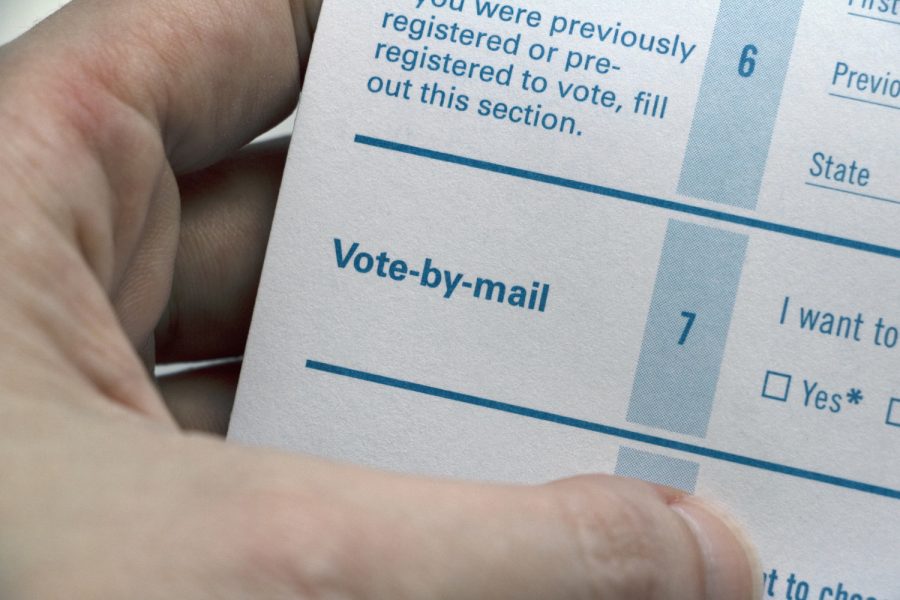Opinion | Vote-by-mail is the best form of voting during the COVID-19 pandemic
All Iowans will be getting an absentee ballot request form in the fall. Voting by mail is safe, convenient, and not subject to voter fraud.
iStock
July 23, 2020
In the fall, all Iowans will receive an absentee ballot request form in their mailboxes for the November election.
Iowa Secretary of State Paul Pate also sent out absentee ballot request forms before the June 2 primary election, in the midst of the COVID-19 pandemic. Iowa saw a record turnout in that election with 531,000 votes cast, with nearly 80 percent by mail.
Before Pate could send out the November absentee request forms in the mail, the Legislature passed a law requiring him to get approval from the Legislative Council. The Republican-led Legislative Council unanimously voted to allow Pate to continue sending out request forms.
Voting by mail is not only convenient — it’s safe in the age of social distancing.
In-person voting includes taking time out of the day to register, stand in line, and physically vote, not to mention the time and resources needed to get to the polling place. For many people, including essential workers, minorities, low-income individuals, and people without ways to get to the polling place, voting by mail is the better option.
Even before the pandemic, five states — Colorado, Hawaii, Oregon, Utah, and Washington — consistently vote almost entirely by mail by automatically sending absentee ballots to all registered voters. Voting by mail reduces the necessity to be in close contact with strangers for any period of time, and it will be vital to high-risk and elderly persons.
For other states, voters need to request an absentee ballot from their town or city. Some states still require an excuse for needing an absentee ballot, like being out of the state or being sick, but more and more states are moving to no-excuse mail voting. After verifying that the voter lives in the area, election officials will send a ballot.
Two envelopes are mailed to the voter: a security envelope to certify that the voters preferences are kept private, and another envelope to mail the security envelope. After the mail in ballot is received by election officials, they will once again verify that the voter is registered in the correct area before counting the ballots on Election Day and adding it to the counts of in-person voting.
The Trump administration has long condemned voting by mail, claiming that it is subject to fraud or theft from mailboxes. President Trump has claimed that “ballots will be printed by foreign countries” and that “kids go and they raid the mailboxes and they hand them to people signing the ballots down at the end of the street.”
However, the claim of large-scale voter fraud has long been proven untrue.
According to the New York Times, most absentee ballots have a barcode specific to the voter — which would make it hard for other countries to print fraudulent ballots. In the case of robbing mailboxes, voters can see online when they requested the ballot, when they were supposed to receive the ballot, when the election office received their absentee ballot, and when it was counted. If a voter thought their ballot was lost, they could call for a replacement, effectively invalidating the old, stolen ballot.
Since Washington state moved to a mostly mail balloting system in 2005, they have seen very low evidence of widespread voter fraud. Out of over 3 million votes cast in the 2016 election, there were only 74 ballots that were considered ‘questionable.’
Voting by mail is safe, convenient, and not subject to voter fraud. To keep American citizens safe during the COVID-19 pandemic, states should go to a mostly vote-by-mail system.
Columns reflect the opinions of the authors and are not necessarily those of the Editorial Board, The Daily Iowan, or other organizations in which the author may be involved.















